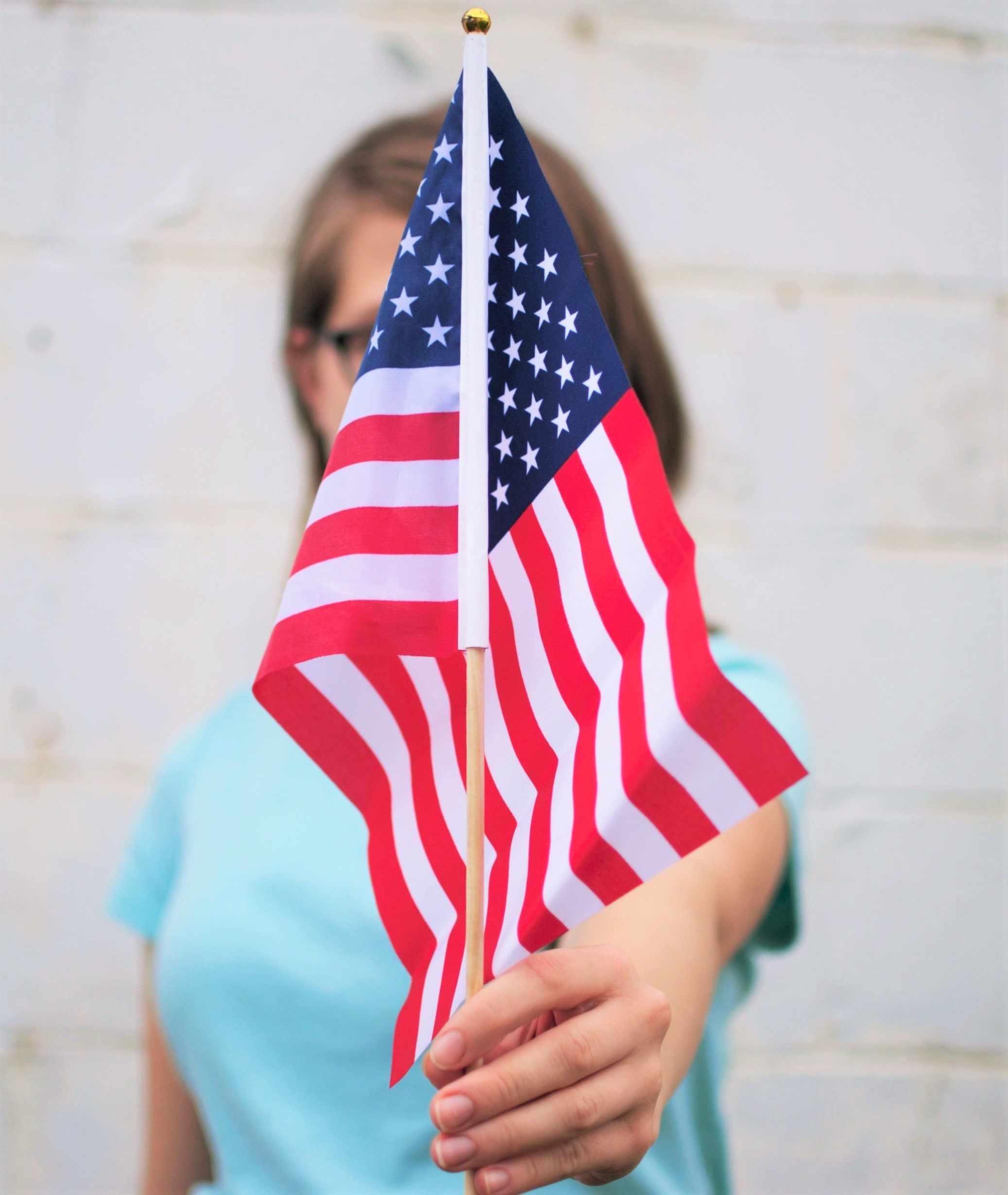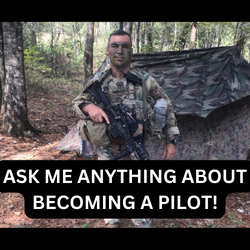
Have you ever wondered how long it takes to become a commercial pilot in Canada? With flying being such an intriguing and prestigious profession, many individuals dream of soaring through the skies and commanding an aircraft. But the journey to becoming a commercial pilot is not always straightforward, and it requires a significant investment of time and effort. In this article, we will explore the various steps and requirements involved in becoming a commercial pilot in Canada, and delve into the length of time it typically takes to achieve this goal.
Becoming a commercial pilot in Canada involves several key stages, including obtaining a private pilot license (PPL), accumulating flight hours, obtaining a commercial pilot license (CPL), and finally obtaining a multi-engine rating (ME). The first step in this process is to acquire a PPL, which allows you to fly as a recreational pilot and build flight experience. This typically takes around 4-6 months, depending on the intensity of your training. Once you have earned your PPL, you will need to accumulate a certain number of flight hours, usually around 200-250 hours, before you can apply for a CPL.
To obtain a CPL, you will need to attend a flight school approved by Transport Canada and complete a comprehensive flight training program. This typically takes around 12-18 months, during which time you will enhance your knowledge and skills in areas such as aerodynamics, meteorology, navigation, and aircraft systems. Once you have successfully completed your CPL training and passed the required exams, you will be eligible to apply for a ME rating, which allows you to fly multi-engine aircraft. The training for this rating can vary, but typically takes around 4-6 weeks.
In conclusion, the path to becoming a commercial pilot in Canada is a lengthy process that involves obtaining a PPL, accumulating flight hours, obtaining a CPL, and obtaining a ME rating. The total time it takes to become a commercial pilot can vary depending on factors such as the intensity of your training, your availability to fly, and the specific requirements of the flight school you choose. However, as a rough estimate, it typically takes around 2-3 years to complete all the necessary training and obtain the necessary licenses and ratings. So if you are considering pursuing a career as a commercial pilot, be prepared for a challenging yet rewarding journey that requires dedication and perseverance.

Requirements to Become a Commercial Pilot
Becoming a commercial pilot in Canada is a dream for many aviation enthusiasts. However, achieving this goal requires meeting certain educational, flight training, and medical requirements. In this article, we will explore the journey to becoming a commercial pilot in Canada and the time it typically takes to complete each step along the way.
Educational Requirements
To become a commercial pilot in Canada, you must have a high school diploma or equivalent. While there are no specific academic requirements beyond this, having a strong foundation in math, physics, and English can be advantageous in understanding the theoretical aspects of aviation.
Flight Training Requirements
Flight training is a crucial part of becoming a commercial pilot. Transport Canada requires a minimum of 200 hours of flight time for a commercial pilot license (CPL). This flight time includes both dual and solo flying, as well as cross-country flights.

Medical Requirements
In order to fly aircraft in Canada, aspiring commercial pilots must obtain a Category 1 medical certificate. This involves undergoing a comprehensive medical examination conducted by a Transport Canada-approved medical examiner. The medical certificate ensures that pilots are physically and mentally fit to operate an aircraft.
Choosing a Flight School
Selecting the right flight school is a crucial decision that can greatly impact your journey to becoming a commercial pilot. There are several factors to consider when choosing a flight school in Canada.
Accreditation and Certification
One of the first things to look for is the accreditation and certification of the flight school. Ensure that the school is recognized by Transport Canada and holds the necessary certifications to provide flight training.
Location and Facilities
Consider the location of the flight school as it can significantly impact your overall experience. Look for schools with access to a diverse range of flying conditions and airspace. Additionally, examine the facilities offered by the school, such as well-maintained aircraft and modern training aids.
Cost and Financing Options
The cost of flight training can vary significantly depending on the school and the location. Research the tuition fees, additional expenses, and financing options available. It is important to have a clear understanding of the total cost involved in obtaining a CPL.
Getting a Private Pilot License (PPL)
Before pursuing a CPL, aspiring commercial pilots must obtain a Private Pilot License (PPL). The PPL is the first step towards a career in aviation and provides a solid foundation of knowledge and skills.
Ground School Training
PPL ground school training covers various theoretical topics such as aviation regulations, aerodynamics, meteorology, and navigation. It typically involves classroom instruction and self-study.
Flight Training
Flight training for a PPL involves both dual and solo flying. Aspiring pilots learn basic maneuvers, navigation techniques, and emergency procedures. The training usually consists of a minimum of 45 hours of flight time, including a cross-country flight.
Written and Practical Exams
To obtain a PPL, you must pass both a written exam and a practical flight test. The written exam covers the theoretical knowledge learned during ground school training. The practical flight test assesses your flying skills and ability to safely operate an aircraft.

Building Flight Experience
After obtaining a PPL, aspiring commercial pilots must accumulate flight experience and build their flight hours. This is an essential step towards obtaining a CPL.
Flight Hours and Types
Transport Canada requires a minimum of 200 hours of flight time for a CPL. During this time, pilots gain experience in various types of flying, including cross-country flights, night flights, and instrument flights. The more diverse your flight experience, the better equipped you will be as a commercial pilot.
Cross-Country Flights
Cross-country flights help pilots develop critical navigation skills and provide an opportunity to explore different airports and airspace. These flights typically involve flying to destinations that are a certain distance away from the departure airport.
Solo and Dual Flying
Aspiring commercial pilots continue to fly both solo and with an instructor during the building flight experience phase. Solo flights help pilots gain confidence and independence, while dual flights allow for further skill development and guidance from an experienced instructor.
Obtaining a Commercial Pilot License (CPL)
Once the flight experience requirements are met, aspiring commercial pilots can pursue their CPL. The CPL allows pilots to fly for compensation or hire.
Additional Flight Training
Obtaining a CPL requires additional flight training beyond the PPL. This training focuses on advanced maneuvers, commercial flight operations, and emergency procedures. The flight training for a CPL typically consists of a minimum of 65 hours of flight time, including a night cross-country flight.
Theory Exams
Pilots must pass a series of theory exams to obtain a CPL. The exams cover topics such as meteorology, air law, navigation, and aircraft systems. Successful completion of these exams demonstrates a comprehensive understanding of aviation principles and regulations.
Flight Test
The final step in obtaining a CPL is the flight test. This test assesses your ability to demonstrate advanced flying skills, handle emergency situations, and safely operate an aircraft in various conditions. Successful completion of the flight test earns you a CPL.
Instrument Rating (IR) Training
An Instrument Rating (IR) is an additional certification that allows pilots to fly in instrument meteorological conditions (IMC). It enhances a pilot’s skills and opens up more career opportunities.
Instrument Ground School
Instrument ground school training focuses on the theory and techniques involved in flying without visual references. Topics covered include instrument flight rules, instrument procedures, and navigation aids.
Instrument Flight Training
Instrument flight training builds upon the knowledge gained in ground school. Pilots learn to fly solely by reference to instruments, including operating in low visibility and adverse weather conditions. The training typically consists of a minimum of 40 hours of instrument flight time.
Instrument Rating Exam
To obtain an Instrument Rating, pilots must pass a written exam and a practical flight test. The written exam evaluates knowledge of instrument procedures, regulations, and meteorology. The practical flight test assesses the pilot’s ability to fly solely by reference to instruments.
Multi-Engine Rating (MER) Training
A Multi-Engine Rating (MER) allows pilots to fly aircraft with more than one engine. This rating is often a requirement for certain commercial pilot positions.
Multi-Engine Ground School
Multi-Engine ground school training covers the systems, performance, and limitations of multi-engine aircraft. Pilots learn about engine management, emergency procedures, and handling asymmetrical thrust.
Multi-Engine Flight Training
Multi-Engine flight training focuses on the skills required to safely operate and handle multi-engine aircraft. Pilots learn advanced maneuvering techniques, emergency procedures, and engine-out operations. The training typically consists of a minimum of 20 hours of flight time in multi-engine aircraft.
Multi-Engine Rating Exam
To obtain a Multi-Engine Rating, pilots must pass a written and practical exam. The written exam assesses knowledge of multi-engine operations and systems. The practical exam evaluates the pilot’s ability to safely operate a multi-engine aircraft.
Airline Transport Pilot License (ATPL)
The Airline Transport Pilot License (ATPL) is the highest level of pilot certification and is required to serve as a pilot-in-command at an airline.
ATPL Ground School
ATPL ground school focuses on advanced aviation theory, including advanced navigation, flight planning, and aircraft performance. The course covers topics such as airline operations, crew resource management, and aviation safety.
Minimum Flight Experience
To qualify for an ATPL, pilots must meet the minimum flight experience requirements set by Transport Canada. These requirements include a minimum of 1500 hours of flight time, including specific time as pilot-in-command and multi-engine time.
ATPL Theory and Practical Exams
To obtain an ATPL, pilots must pass a series of theory exams that cover a wide range of aviation subjects in-depth. These exams test knowledge in areas such as meteorology, navigation, and advanced aerodynamics. Additionally, pilots must pass a practical exam that assesses their ability to safely operate an aircraft as a pilot-in-command.
Gaining Experience as a First Officer
After obtaining the necessary certifications and flight experience, pilots can pursue opportunities as a first officer at an airline.
Securing a First Officer Position
Securing a first officer position typically involves applying to airline recruitment programs or submitting resumes directly to airlines. A strong flight record, good interpersonal skills, and a professional demeanor can greatly improve your chances of being selected.
Building Flight Hours
As a first officer, you will continue to build flight hours and gain experience. This will involve flying under the supervision of a captain and becoming familiar with airline operations and procedures.
Exception Criteria for Experience
In certain circumstances, pilots may be eligible for exceptions to the experience requirements. For example, military pilots or graduates of approved flight programs may have reduced requirements. These exceptions are evaluated on a case-by-case basis.
Conclusion
Becoming a commercial pilot in Canada is an exciting and rewarding journey. While the time it takes to complete the necessary requirements can vary from person to person, it typically takes several years of dedicated training, studying, and flight experience. By completing the educational requirements, flight training, and medical examinations, aspiring pilots can work towards obtaining their CPL and fulfilling their dream of flying commercially in Canada.


